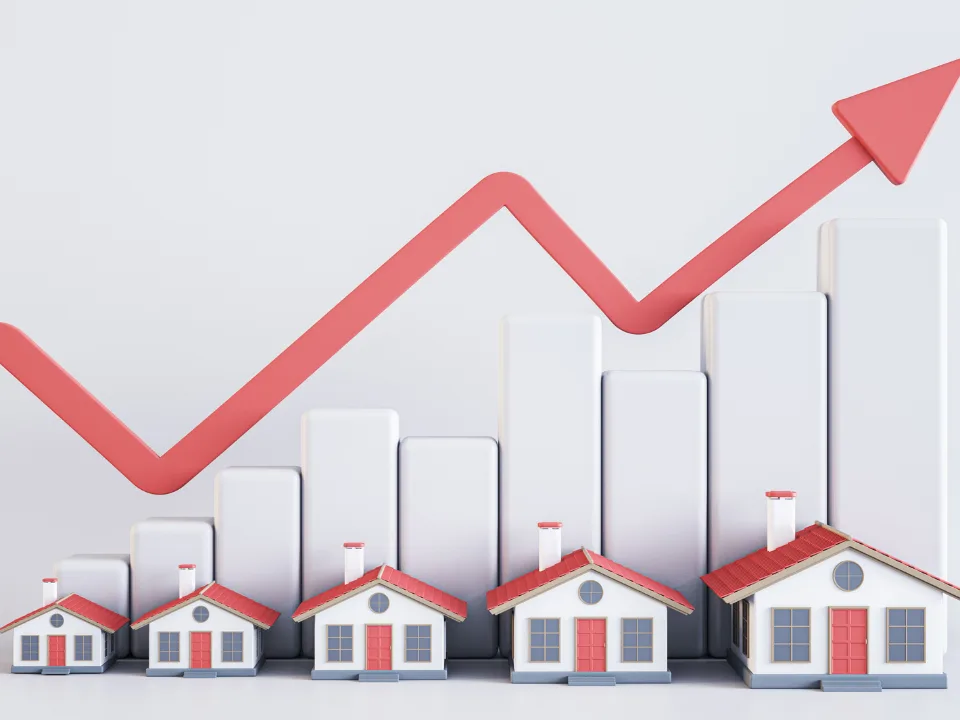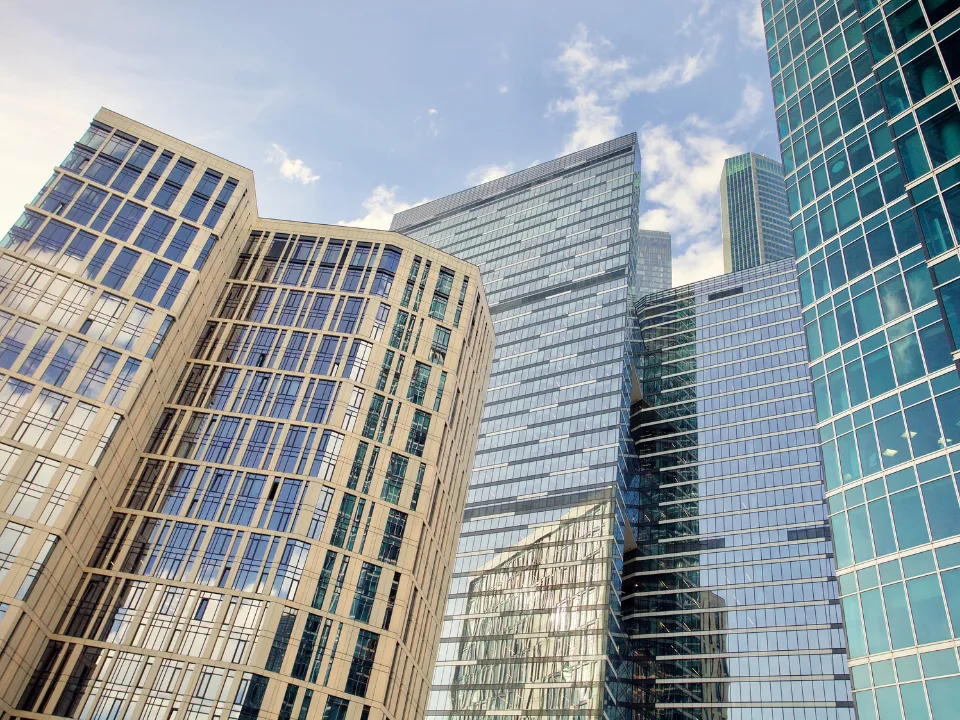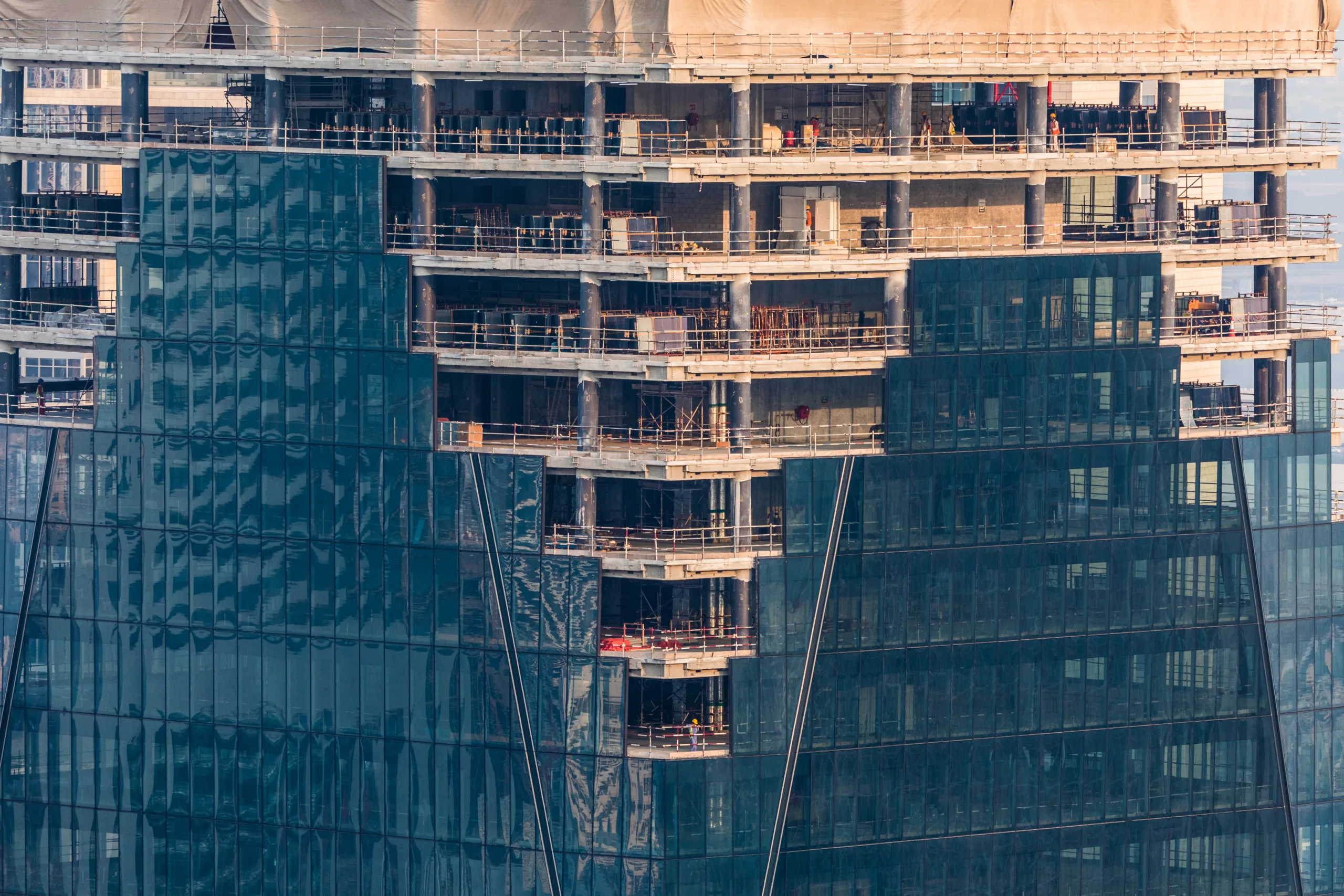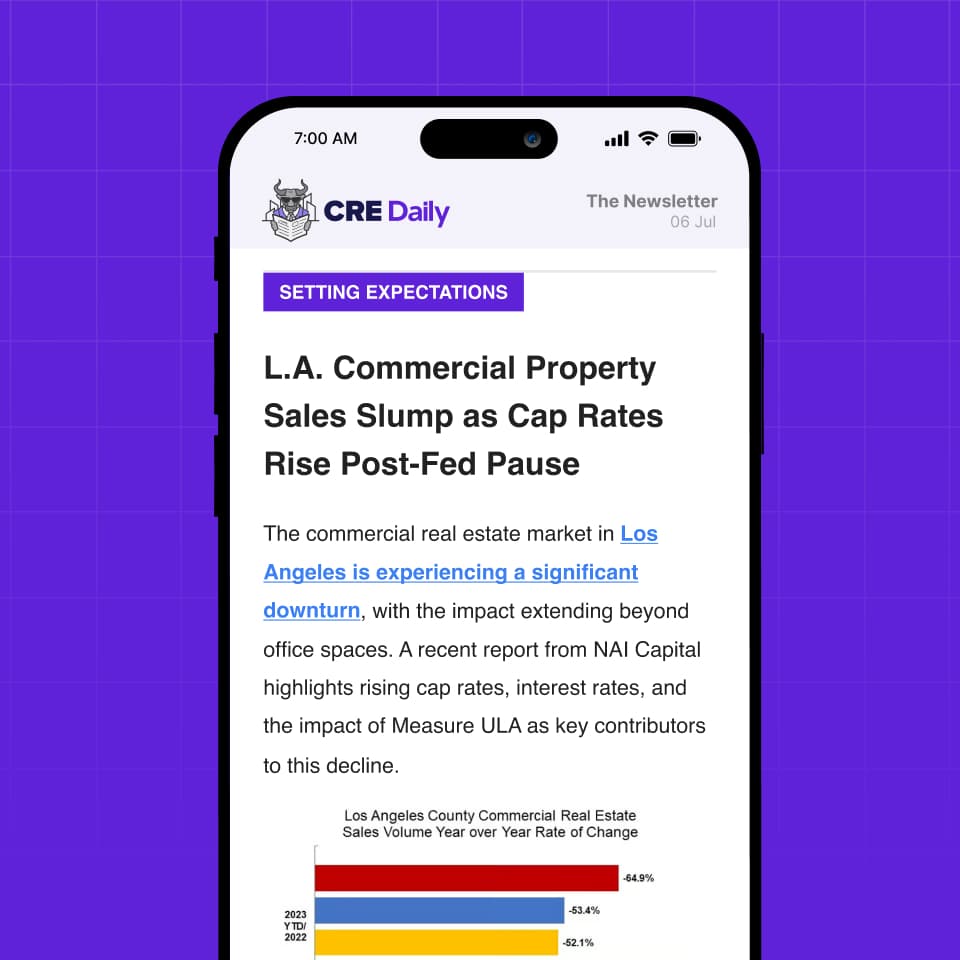- Mid-sized leases (50K–100K SF) are sustaining the industrial sector, while mega-deals remain largely absent for a second consecutive year.
- Manufacturing-led demand is up 50% YoY, particularly among regional players expanding modestly, signaling growing confidence in the sector’s fundamentals.
- Investor sentiment is bullish, with core capital and value-add strategies continuing to flow into the market despite local port-related headwinds and policy uncertainty.
- Industrial is evolving, not stalling, with steadier, more measured growth seen as a strength post-pandemic boom.
Mid-Sized Momentum
So far in 2025, the industrial real estate sector is being defined not by blockbuster 1M SF leases, but by the steady hum of mid-sized users, reports GlobeSt. According to CBRE’s John Morris, leasing activity remains “robust” in the 50K–100K SF range. This demand is being driven by regional tenants and smaller logistics operators that continue to expand.
Major occupiers, meanwhile, remain largely inactive. It’s been over two years since significant mega-leases were common, and that pause is expected to extend into 2026. Morris noted that broader economic sentiment will need to improve before large-scale demand returns.
Get Smarter about what matters in CRE
Stay ahead of trends in commercial real estate with CRE Daily – the free newsletter delivering everything you need to start your day in just 5-minutes
Manufacturing Makes A Move
One standout growth engine in 2025 has been regional manufacturing. Leasing demand from manufacturers is up 50% year-over-year, with many tenants upgrading from 60K to 100K SF. These aren’t mega industrial builds. However, they reflect growing demand for assembly and last-stage production facilities. This trend is especially evident as nearshoring continues and US–Mexico–Canada trade remains a key focus.
Policy uncertainty is still holding back large-scale manufacturing projects, but the mid-market segment remains optimistic.
Investment Capital Returns To Core
From an investment standpoint, industrial remains a favorite among institutional players. CBRE’s Will Pike emphasized that despite an early-year slowdown, capital markets have stabilized. Investor appetite for core, Core Plus, and even value-add opportunities is healthy, particularly in secondary and tertiary markets.
South Florida, for example, is seeing record-high demand and capital inflows, even as some port markets show signs of softening. “Short-term hesitancy is fading,” Pike said, pointing to growing investor comfort with leasing risk in less aggressive submarkets.
A Shift Toward Steady
The overarching theme for 2025: a maturing, resilient industrial market. The volatility and “frenzy” of the pandemic era have given way to a market now defined by stability over spectacle.
“Steady is good,” Morris noted, framing the sector’s current state as a welcome correction. With mid-sized users expanding, manufacturing on the rise, and investors recalibrated for longer-term plays, industrial real estate continues to deliver—even without the fireworks of oversized leases.
Why It Matters
The industrial sector is showing that resilience doesn’t require rapid-fire leasing headlines. Mid-sized users are providing the backbone of market activity, while regional manufacturing growth points to an evolving demand base. For investors, the shift signals a chance to capitalize on undervalued submarkets and patient capital strategies.
Improving economic clarity and easing policy risks are paving the way for broader activity starting in late 2026 and beyond.

















